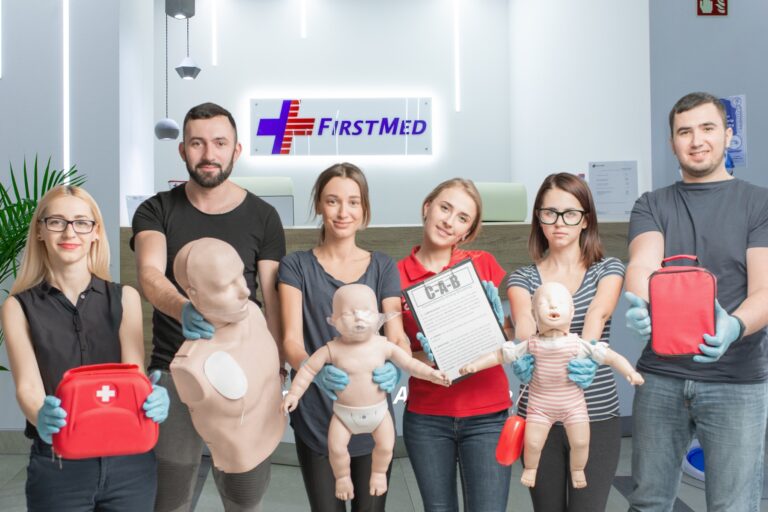In summer, when the temps soar, you need to be aware of the signs of possible heatstroke if you are spending a lot of time outdoors. This type of heat-related illness happens when the body’s core temperature rises past the normal internal operating range (about 36ºC to 37ºC taken orally). One of the earliest warning signs of heat-related illness is from heat cramps (painful muscle spasms). At this point, if you do not take some time to cool off and rehydrate you may enter the next stage, heat exhaustion, which can occur quickly after and is potentially life-threatening. The final stage of this heat illness cascade is heatstroke, which is serious enough to lead to shock, brain damage or even death.
First steps to treating heatstroke
If someone has missed all the warning signs of impending danger and heatstroke is suspected, it is very important to seek immediate emergency medical care. While help is on its way cool the person with these following tips:
- Have them rest, with the legs slightly elevated, in a shaded area or cool or air-conditioned area.
- Remove or loosen their clothes.
- Put them into cool water when possible; bath, pool, stream, etc. This will help bring down the temperature. Put them into cool water when possible; bath, pool, strea
 m, etc. This will help bring down the temperature as quickly as possible.
m, etc. This will help bring down the temperature as quickly as possible. - Give non-sugared drinks but not too cold as it may lead to additional cramping. Since there has been a great loss of salt through sweating, it may be restored by giving a sports drink such as Gatorade if available. Adding one teaspoon of salt to a liter of water will also help replenish the salt the body needs to function. Avoid drinks that contain caffeine or alcohol.
- Cool them off with damp sheets and a fan: cover with a wet sheet and spray with cool water while using the fan to direct air onto them.
- Apply an ice-pack, or cold compresses, to neck and armpits.
Who’s at risk?
Obviously, those most likely to be hit with heat-related illness are those who are outdoors exerting themselves on hot, humid days, but it is possible that heatstroke can even be experienced indoors in hot, poorly ventilated areas. This is especially true for children, the elderly or the obese. Studies have found that children and the elderly show the fastest progression of heat-related illness and can collapse without early warning signs.
Medications can also alter the way the body handles the heat, so those who are on certain treatment can suffer from heat illness more easily than others. If you are drinking alcohol before, during or after vigorous activity you will be not only more susceptible to heat illness but also less aware of the warning signs. Wait until after that game or yard work to cool off in the shade with a cold beer.
Do not be fooled into thinking that excellent health means more tolerance to heat illness. Dehydration and heat will bring down the heartiest of us if early symptoms are ignored.
Signs and symptoms
A person with heatstroke may experience:
- A high body temperature (above 39° C).
- Skin that is red with lack of sweating (sweating that has stopped).
- A rapid, weak pulse.
- Rapid, shallow breathing.
- Extreme confusion or irritability.
- Weakness
- Seizures
- Unconsciousness
Less severe forms of heat illness can be spotted by:
- Heat cramps – Painful muscle cramps, heavy sweating and a general weakness and lightheadedness.
- Heat exhaustion – Feelings of nausea, light-headedness or thirst, and the sufferer may behave irrationally, be very sweaty or have cool and moist skin.
When to call for medical attention
When you suspect heatstroke, or there is associated shock, seizures or unconsciousness, seek emergency medical care. Remember to use the first-aid tips above to start treatment at once. Time is of the essence to start lowering the body’s temperature back to its normal range and to rehydrate. Staying indoors or resting during the sun’s highest point of the day is a great way to make sure you will not suffer from heat-related illnesses.




